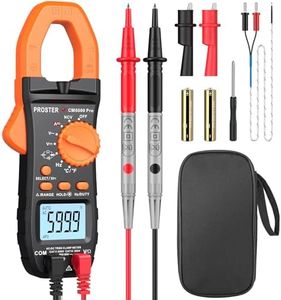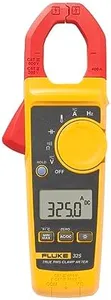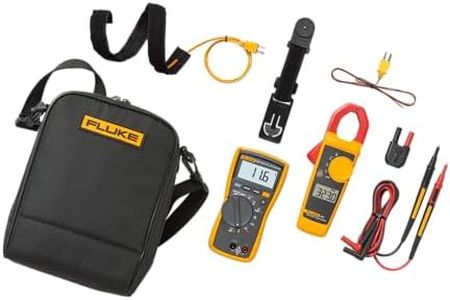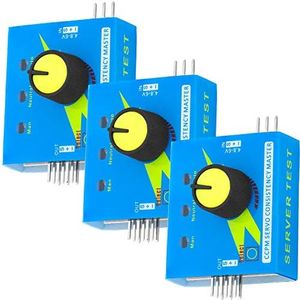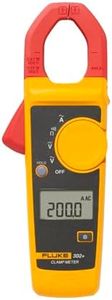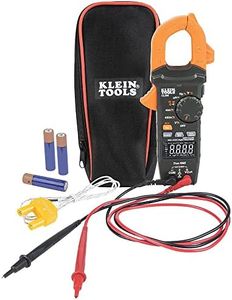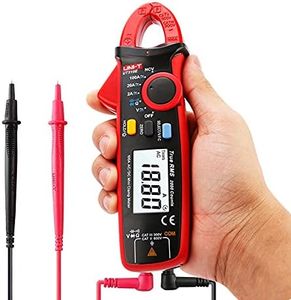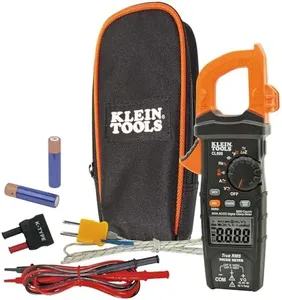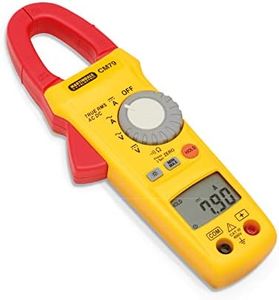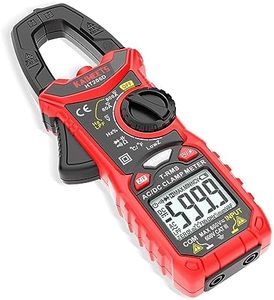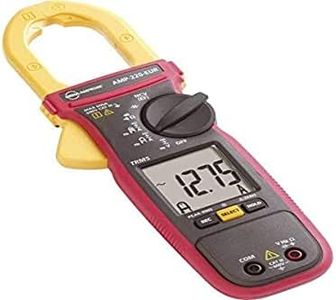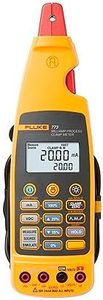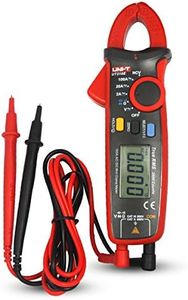Buying Guide for the Best Clamp Meters
Choosing the right clamp meter can be a bit overwhelming, but understanding the key specifications can help you make an informed decision. A clamp meter is a versatile tool used to measure electrical current without having to disconnect the circuit. It's essential for electricians, technicians, and DIY enthusiasts who need to diagnose electrical issues safely and efficiently. When selecting a clamp meter, consider the following key specifications to ensure it meets your needs and provides accurate readings for your specific applications.Current RangeThe current range of a clamp meter indicates the maximum and minimum current it can measure. This is important because it determines the types of electrical systems you can work with. Clamp meters typically come with ranges like 0-400A, 0-600A, or even higher. For residential and light commercial use, a lower range (up to 400A) is usually sufficient. For industrial applications, you might need a higher range (600A or more). Choose a clamp meter with a current range that matches the highest current you expect to measure.
AC/DC MeasurementClamp meters can measure either AC (alternating current), DC (direct current), or both. This specification is crucial because different applications require different types of current measurement. AC measurement is common in household and commercial electrical systems, while DC measurement is often needed for automotive and solar applications. If you only need to measure household currents, an AC-only clamp meter will suffice. However, if you work with a variety of electrical systems, a clamp meter that can measure both AC and DC is more versatile.
Jaw Opening SizeThe jaw opening size of a clamp meter determines the maximum diameter of the conductor it can encircle. This is important for ensuring the meter can fit around the wires or cables you need to measure. Jaw sizes typically range from 17mm to 45mm or more. For standard household wiring, a smaller jaw opening is usually adequate. For larger cables found in industrial settings, a larger jaw opening is necessary. Choose a clamp meter with a jaw size that can accommodate the largest conductor you expect to measure.
Display and ReadabilityThe display of a clamp meter shows the measurement readings and other relevant information. A clear, easy-to-read display is important for accurate and efficient work. Look for features like backlighting, large digits, and high contrast, which can make the display easier to read in various lighting conditions. If you often work in dimly lit areas, a backlit display is particularly useful. Ensure the display is large enough to read comfortably without straining your eyes.
Additional FunctionsMany clamp meters come with additional functions such as voltage measurement, resistance measurement, continuity testing, and temperature measurement. These extra features can make the clamp meter more versatile and useful for a wider range of tasks. Consider what additional functions you might need based on your typical work. For example, if you frequently troubleshoot electrical systems, having voltage and continuity testing capabilities can be very helpful. Choose a clamp meter with the additional functions that align with your specific needs.
Safety RatingsSafety ratings indicate the environments in which the clamp meter can be safely used. These ratings are usually given in CAT (Category) levels, such as CAT II, CAT III, and CAT IV, which correspond to different types of electrical environments. Higher CAT ratings indicate higher levels of protection against electrical surges and are suitable for more demanding environments. For basic household use, a CAT II rating is typically sufficient. For commercial and industrial applications, a CAT III or CAT IV rating is recommended. Choose a clamp meter with a safety rating that matches the environments you will be working in.



